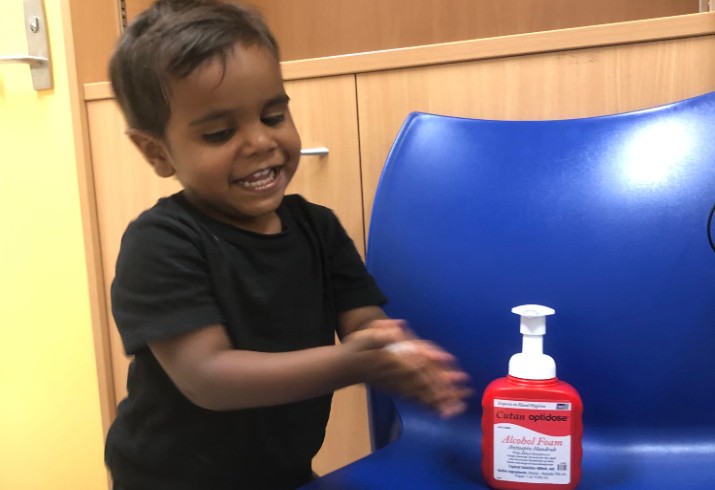Wash, rinse, repeat

Regular and thorough handwashing is one of the easiest and most effective ways we can help stop the spread of viruses like COVID-19. Clean hands can stop germs from spreading from one person to another.
We often don’t pay too much attention to how we wash our hands, but there is a right way to do it.
Use soap and water
Washing hands with soap and water is the best way to keep your hands clean. The key to hand washing is to wash often and wash well.
- Wet your hands with clean, running water and apply soap.
- Lather the soap all over your hands. Don’t forget the backs of your hands and fingers, fingernails, fingertips, and the webbing between fingers.
- Scrub your hands for at least 20 seconds. Need a timer? Sing “Happy Birthday” to yourself twice!
- Rinse your hands well under clean, running water.
- Dry your hands thoroughly using a clean towel or air dry them
Hand sanitiser
When you don’t have access to soap and water, use an alcohol-based hand sanitiser that contains at least 60% alcohol.
- Use enough product to cover both of hands.
- Cover all surfaces of your hands including the backs of your hands and fingers, fingernails, and fingertips.
- Rub hands together until dry.
Other personal hygiene measures
Everyone plays a part in stopping the spread of COVID-19 by having good personal hygiene.
When coughing and sneezing, remember to cover your nose and mouth with a tissue, or use your elbow, not your hands. It’s important to also avoid touching your eyes, nose and mouth as much as possible.
Wash your surfaces
On top of regular handwashing, cleaning and disinfecting our surroundings can help stop the spread of COVID-19.
It’s important to clean and disinfect the surfaces you use often such as benchtops, desks, doorknobs and light switches. Use detergent and disinfectant wipes.
High-touch objects should also be regularly cleaned and disinfected. This includes mobile phones, keys, car steering wheels, wallets and work passes.

